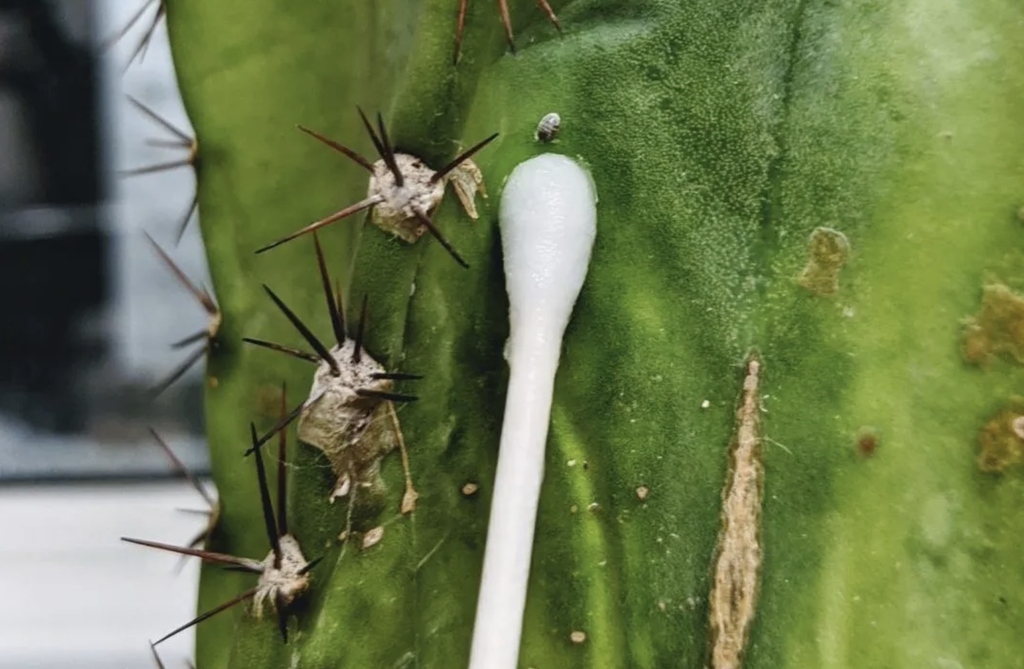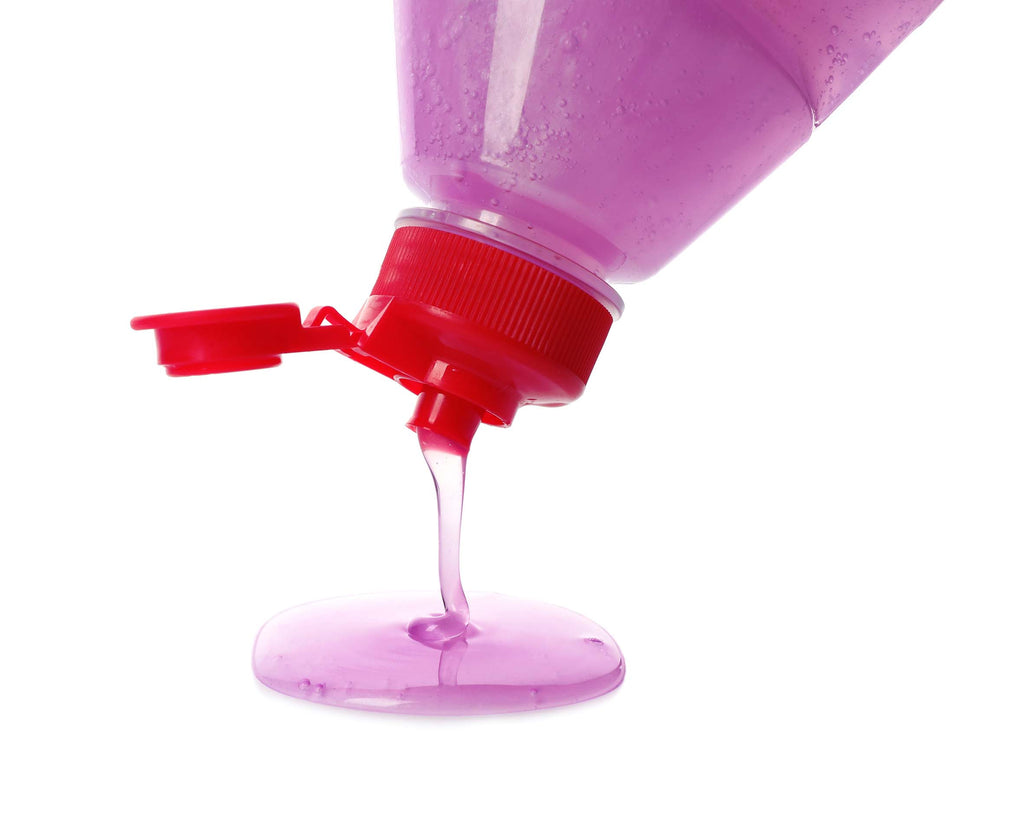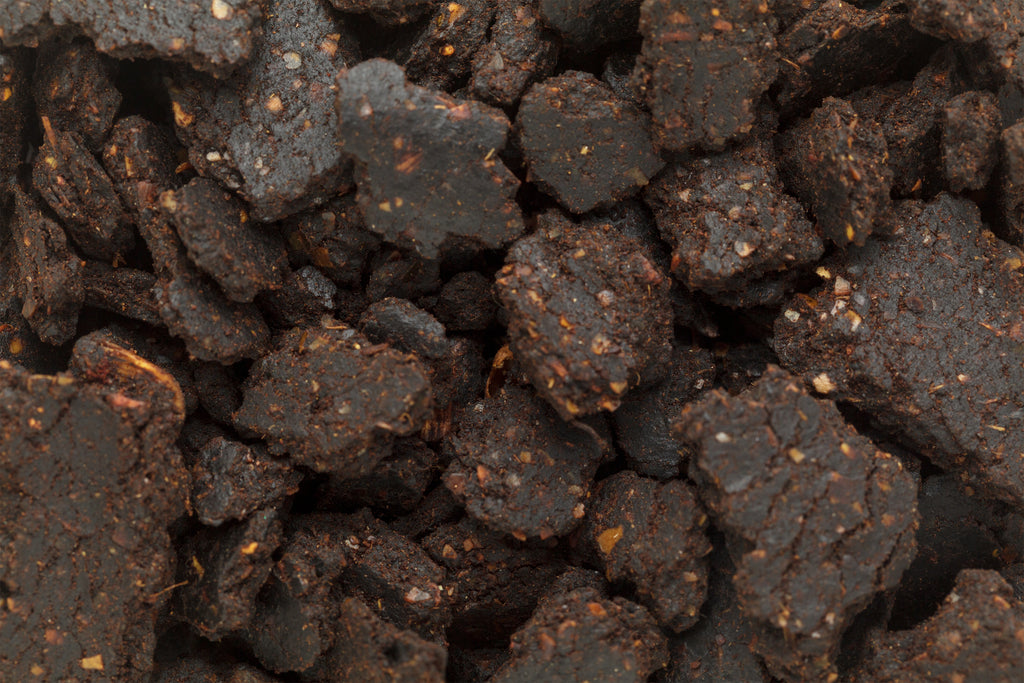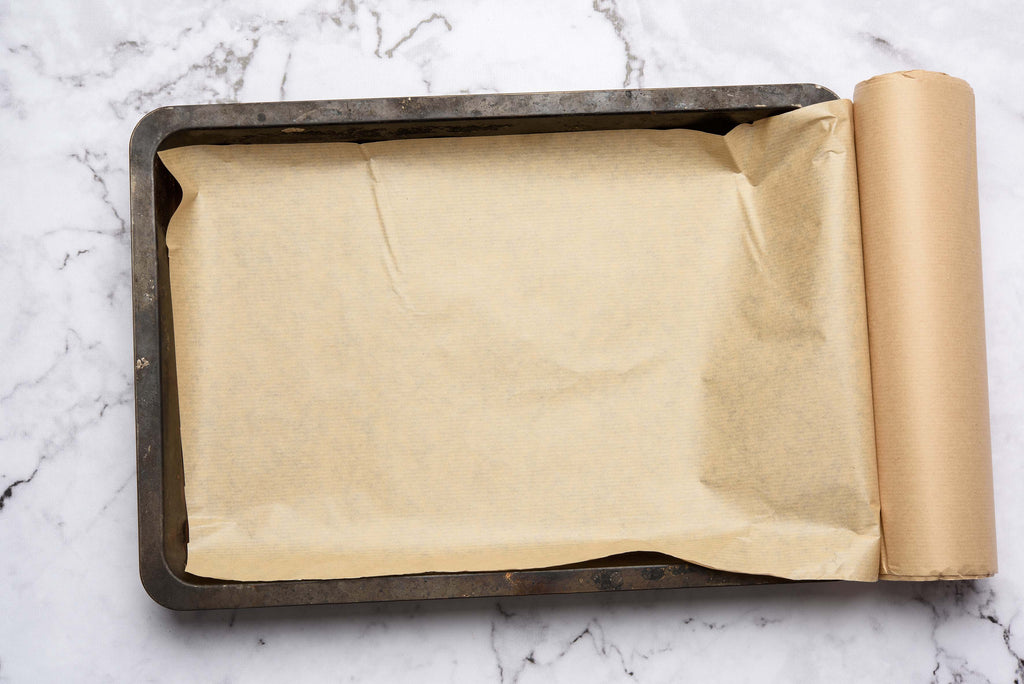If you've been noticing white spots or fuzz on your cactus, there's a good chance you're dealing with mealybugs. These pesky little bugs can be difficult to get rid of, but don't worry - we've got you covered. In this blog post, we'll discuss how to identify mealybugs, the most obvious signs of their presence, and the best methods for getting rid of them. We'll also cover some preventative measures that you can take to help keep them from coming back. So read on and learn everything you need to know about mealybugs and how to get rid of them!
Contents
- What Are Mealybugs And How Do You Get Them?
- Mealybugs Lifecycle
- Signs Your Cactus Has Mealybug (Damage)
- How To get Rid Of Mealybugs On Your Cactus
- Prevention Methods

What Are Mealybugs And How Do You Get Them?
Mealybugs are small buggy pests that typically infest succulents, cacti, and certain types of tropical plants. While mealybugs suck the juices out of the affected plant, this can be very damaging over time - resulting in weakened growth and death. In most cases, mealybugs hitch a ride on purchased plants. Therefore, it's important to inspect your cactus for bugs prior to bringing it into your home. Additionally, mealybugs can enter from other means such as flowers from your garden or other animals that have already been infested. On a brighter side, mealybugs are not detrimental to humans and won't bite. With proper maintenance and care you can ensure mealybugs remain away from your beloved houseplants.
Mealybugs Lifecycle
In particular, female mealybugs have a unique reproductive method. Instead of laying eggs, they bear live young and deposit already-hatched first instars that are held underneath their bodies in a waxy thread network. During the summer months, this entire life cycle takes as little as six weeks to complete, while in winter it can take up to twelve. Female mealybugs produce an impressive 100-200 nymphs during their lifetime, demonstrating their potential for population growth and making them a pest of concern for gardeners and agriculturists around the world.
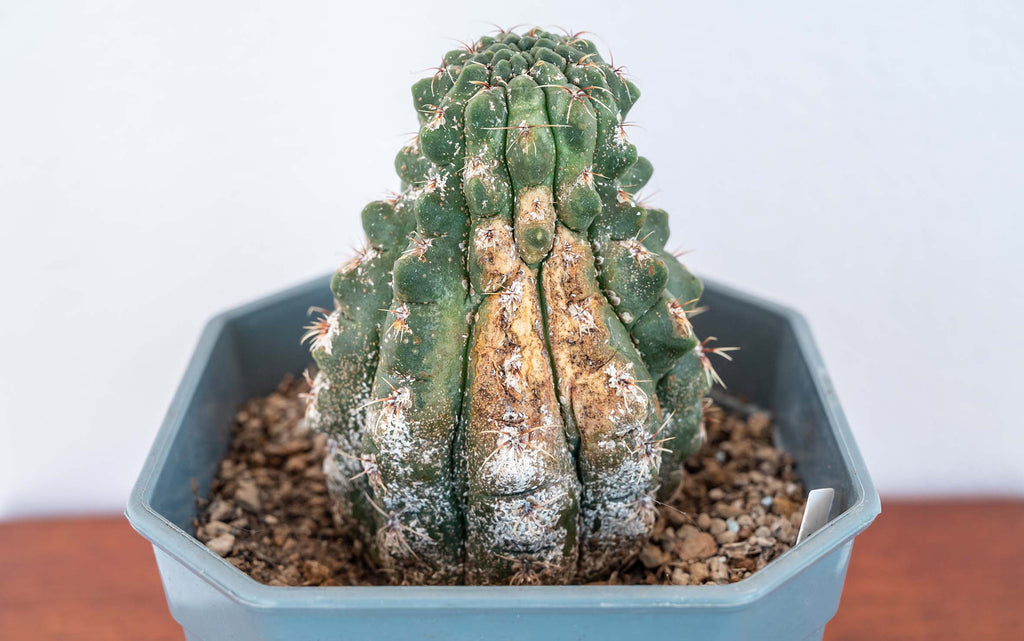
Signs Your Cactus Has Mealybugs (Damage)
Mealybugs can be a source of serious damage to your cactus plant. Signs of mealybug damage on your cactus are often easy to spot, such as white spots or little white fuzz pieces attached to it, shiny and wet areas caused by mealybug excretions, and sooty mold that develops from their honeydew. In some cases, soil near the base of the cactus may have wet spots even though you haven't watered recently. Some other signs that mealybugs may be present include yellowing or wilting plants, as well as plants leaning toward one side. Mealybugs are very small creatures about the size of a pinhead and have a dull grey color with a lined pattern resembling a hasselback potato. Additionally, mealybugs often lay their eggs in small cotton fluff-like specks. If you notice any of these signs on your cactus, act quickly to eradicate mealybugs before they cause further damage.
How to Get Rid of Mealybugs on Your Cactus
Use a Q-Tip Dipped in Rubbing Alcohol
To get rid of mealybugs on your cactus, start by using a q-tip dipped in 70% rubbing alcohol. This will help scrape the mealybug off the plant's surface. It is important to check the plant daily for signs of mealy bug infestation over a few weeks and repeat this process when you see one bug. If you have a larger mealy bug infestation that cannot be scraped away one by one, spraying your plant with 70% strength rubbing alcohol can be effective. While it might take some time to fully eliminate mealybugs from your cactus, taking immediate action to scrape them away and spray the plant will go a long way in keeping your cactus both healthy and mealybug-free.
Homemade Soap Spray
Making your own mealybug killer spray at home is an effective and affordable way to protect your cactus from mealybugs damaging them. This DIY spray can be made using dish soap and distilled/bottled water with a ratio of 2% soap to water. For example, if you have a 500 ml (18 oz) spray bottle, add 10 ml (just under half an ounce) of dish soap and fill the remainder with water. It is important to use distilled/bottled water so that the minerals in regular tap water aren't beneficial to mealybugs. Spray directly on the cactus, which should suffocate the mealybugs in their tracks. Re-apply again after a couple of days if necessary until all mealybugs are gone, then finally mist with just distilled water. After two weeks of treatment mealybugs should be gone for good. To ensure effective results without causing any damage to the cactus, it's important not to go overboard with the soapy water spray - instead use q-tips soaked in rubbing alcohol around particularly damaged areas for extra protection.
70% Isopropyl Alcohol Spray
Using a 70% Isopropyl alcohol spray, commonly known as rubbing alcohol, is an effective way to get rid of mealybugs on your cactus. However, it's important not to use the 90% strength as it may flash off too quickly and not be as effective. To prevent burning your plant, you should spray the alcohol in the morning or evening when the sun is less intense. The alcohol dries out the mealybugs on contact and virtually makes them die almost immediately. While spraying alcohol is highly recommended against mealybugs infestations, don’t go too crazy with it - as too much rubbing alcohol could cause damage to your cactus. To be on the safe side, make sure your plant is away from direct sunlight or hot sun when treating mealybugs and better yet consider using a Q-Tip dipped in Alcohol instead. Lastly, I wouldn’t advise using hand sanitizer since there may be other ingredients that could be harmful to your plant so always opt for 70% Isopropyl Alcohol specifically designed for plants and bugs removal.
Neem Oil Spray + Dish Soap
Neem Oil spray is an excellent and powerful solution for mealybugs, as it has a much higher success rate compared to other treatments. Neem oil spray is made up of natural ingredients taken from the seeds of the neem tree. Consumers have the option of purchasing pre-made sprays, or if you’re in the mood for a DIY project, you can easily make your own solution by mixing warm water, Neem Oil and a mild liquid soap or detergent. Keep in mind that when making your own neem oil mixture, 1 liter of warm water requires 5 ml (1 teaspoon) of mealybugs Neem Oil and 1-2 ml (⅓ tsp) of mild liquid soap or detergent. From pre-made to DIY options, mealybugs Neem Oil spray is universally known as an efficient tool in tackling mealybugs and should not be overlooked!
Neem Cake
Neem cake is an effective mealybugs solution as it has a repellent effect. To make a neem cake solution, add 20g per litre of water and steep for 2 to 24 hours. Make sure to stir every few hours and then spray liberally over the cactus plants. You can also add neem cake to the soil, as this will be absorbed up through the roots and give the plant an additional level of protection. Not only that but it also kills the mealybugs living in the soil while acting as a natural fertiliser!
Systemic Insecticide
Systemic Insecticide is a bonide granule designed to be toxic to mealybugs. Rather than applying it as a topical solution, it's usually used by mixing it with water and then using that mixture to water your cactus. This approach works almost like an antibiotic, providing comprehensive coverage against mealybugs and eggs that may still be living in the soil of your cactus. To ensure that every mealybug is eradicated, it's best to re-pot your plant with fresh soil if you can do so.
Use A Combination For Best Results
Combatting mealybugs can be an especially tricky situation, but using a combination of water, soap, alcohol-based or Neem oil spray along with a systemic insecticide should do the trick. For best results use a neem oil spray directly onto the mealybugs. After that, apply your chosen systemic insecticide to ensure that all mealybugs have been eliminated - this will prevent them from returning. With the right technique and combination of solutions, you should be able to get rid of mealybugs for good!
Natural Predators Of Mealybugs
You don't need to resort to using chemicals for their removal. Instead, introduce the natural predators of mealybugs. Ladybirds and Green Lacewing larvae both happily dine on these pests, as well as aphids, making them a more environmentally friendly solution. If your cacti are suffering from mealybugs, consider looking into these natural predators as an effective and sustainable insect control measure.
Baking Soil
When it comes to growing healthy plants, soil quality is of the utmost importance. Mealybugs, larvae, and other pathogens can damage a garden if they go undetected in poor-quality soil. A great solution is to bake the soil in the oven at approximately 175 - 200 degrees Fahrenheit for 45 minutes to properly sterilize it and kill off any undesirable bugs or fungi. This simple yet effective procedure can make a huge difference for long-term plant health.
Prevention Methods
Do Not Over Fertilise
One excellent place to start is to make sure that you're not overfertilizing. Mealybugs will thrive on nitrogen rich soil. If your plant is being overfertilized, then it may start exhibiting signs such as yellowing or burnt looking foliage, stunted growth, and the potential to leave a crusty white material on the leaves or soil. Waste not want not when fertilizing your houseplants!
Be Careful Bringing Outdoor Plants Inside your Home
One of the best ways to avoid an infestation is to not bring outdoor plants near your indoor cacti. If you must bring them indoors, take the time to inspect it thoroughly before placing it near other pre-existing plants. As an extra step, quarantine new plants in your home away from all others for 2-3 weeks to ensure that there are no eggs or bugs present. Taking these precautions beforehand can prevent a costly and time consuming extermination program in the future.

